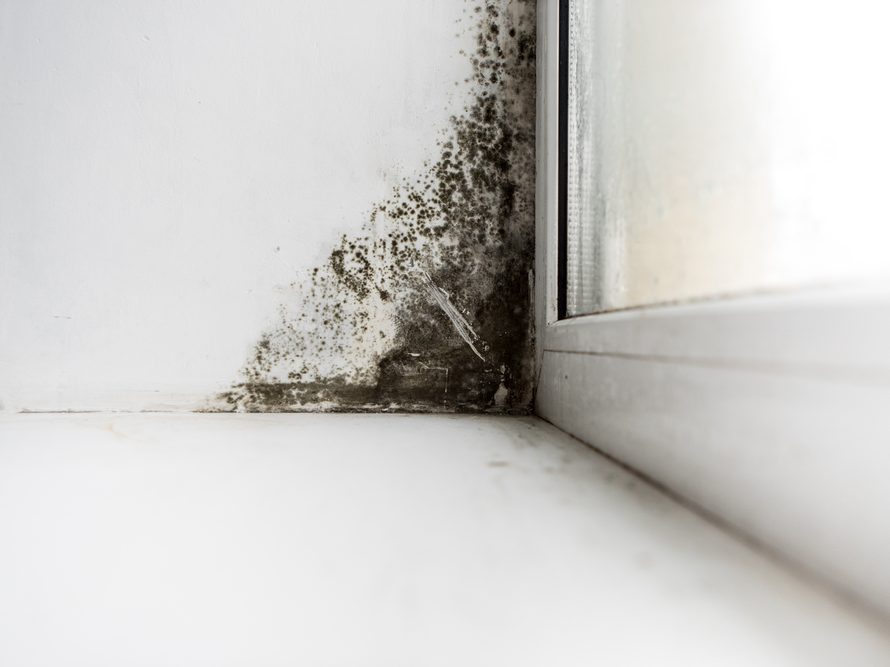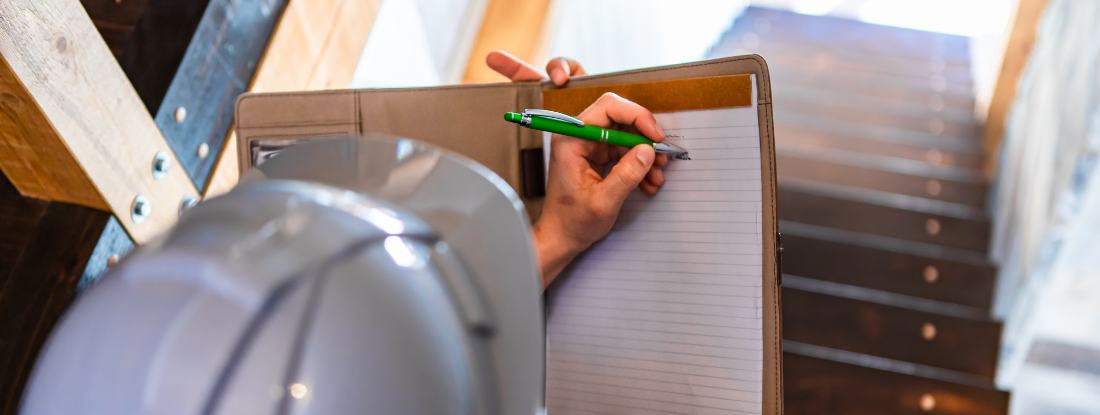Efficient Post Mold Remediation Cleaning Protocols
Efficient Post Mold Remediation Cleaning Protocols
Blog Article
Effective Article Mold And Mildew Remediation Solutions for Your Home
Mold growth in homes can be a persistent concern, commonly calling for a systematic method for efficient post-remediation solutions. From comprehending the elements that add to mold growth to carrying out correct cleaning methods and wetness control steps, the procedure can be intricate yet essential for preserving a healthy and balanced living atmosphere. Additionally, exploring all-natural removal options and developing a regular for continuous upkeep are essential components of a thorough mold remediation technique. As homeowners aim to resolve mold and mildew issues, discovering one of the most effective solutions ends up being critical for the wellness of their families.
Understanding Mold And Mildew Growth Variables
The primary aspect contributing to mold and mildew growth is dampness. Mold spores call for wetness to germinate and flourish, making damp or damp environments highly prone to mold invasions.

In addition, airflow and light direct exposure can affect mold growth. Areas that lack appropriate air flow and all-natural light are more vulnerable to mold and mildew advancement. By addressing these factors comprehensively, individuals can efficiently reduce mold development and secure their living environments.
Proper Mold And Mildew Cleansing Strategies
Utilizing reliable cleaning techniques is necessary in attending to and avoiding the reappearance of mold and mildew contamination in interior atmospheres. The initial action in correct mold and mildew cleansing is to contain the affected area to prevent the spread of spores to unpolluted locations.

Applying Moisture Control Steps
To efficiently prevent mold growth and contamination in indoor atmospheres, applying dampness control steps is paramount. Wetness is the main variable that gas mold advancement, making it important to handle humidity degrees within the home. One effective procedure is to make use of dehumidifiers to preserve interior humidity levels listed below 60%. Furthermore, making sure appropriate air flow in locations prone to moisture buildup, such as restrooms and kitchens, can help in reducing the threat of mold development. Routinely evaluating and repairing any leakages in pipes, roof coverings, or home windows is additionally vital in protecting against excess wetness build-up. Utilizing exhaust followers while food preparation or bathing, and enabling air flow by maintaining furnishings a little far from wall surfaces can assist in dampness continue reading this control. Making use of moisture-resistant products in high-humidity locations, such as mold-resistant drywall and paints, can be advantageous. By vigilantly implementing these wetness control steps, home owners can effectively minimize the likelihood of mold and mildew recontamination and keep a healthy and balanced interior environment.
Utilizing All-natural Remediation Solutions
After effectively executing wetness control steps to stop mold growth in interior environments, homeowners can currently discover the efficiency of all-natural remediation solutions in preserving a healthy home. All-natural removal services use ecologically friendly techniques to combat mold and mold, making them a popular choice for those looking for non-toxic options. One such remedy is utilizing vinegar, a natural antimicrobial representative, to tidy and disinfect surfaces polluted by mold. Simply dilute vinegar with water and spray it onto the impacted areas, allowing it to rest for a few hours prior to wiping clean. Furthermore, tea tree oil, recognized for its antifungal residential or commercial properties, can be blended with water and splashed onto mold-infested surface areas to inhibit additional development. An additional natural alternative is hydrogen peroxide, which can properly eliminate mold on various surfaces without leaving damaging deposits behind. By including these all-natural removal options into their cleansing routines, property owners can properly fight mold and mildew development while promoting a much healthier indoor environment for themselves and their families.

Preserving a Mold-Free Environment
In order to prevent mold reappearance and ensure a continually mold-free atmosphere, it is essential for home owners to implement proactive maintenance practices. On a regular basis inspecting locations vulnerable to mold growth, such as shower rooms, kitchens, attic rooms, and basements, is essential. Resolving any leakages, water damage, go now or excess dampness without delay can substantially lower the risk of mold and mildew advancement. Post Mold Remediation. Proper ventilation in locations with high moisture levels is likewise crucial to avoid mold development. Using dehumidifiers or exhaust fans can aid keep optimal dampness levels and prevent mold and mildew spores from flourishing.
Furthermore, maintaining tidiness in the home is important for mold prevention. Keeping indoor plants in check and guaranteeing appropriate water drainage in exterior landscape design can lessen wetness accumulation, decreasing the likelihood of mold and mildew invasions.
Verdict
In final click for source thought, it is necessary to address mold growth aspects, utilize correct cleansing methods, apply wetness control measures, make use of all-natural removal solutions, and maintain a mold-free atmosphere in order to properly take care of blog post mold and mildew removal in your home - After mold remediation. By adhering to these approaches, you can stop mold and mildew from reoccuring and guarantee a healthy living setting for you and your family
The main element contributing to mold and mildew development is moisture. Mold spores need wetness to sprout and thrive, making damp or damp settings very susceptible to mold and mildew problems.To efficiently stop mold and mildew growth and contamination in interior environments, applying moisture control procedures is extremely important. Additionally, ensuring appropriate air flow in areas susceptible to moisture build-up, such as washrooms and kitchens, can help decrease the threat of mold growth.After effectively carrying out moisture control steps to prevent mold development in interior settings, house owners can currently explore the efficiency of all-natural remediation services in maintaining a healthy and balanced living area.
Report this page